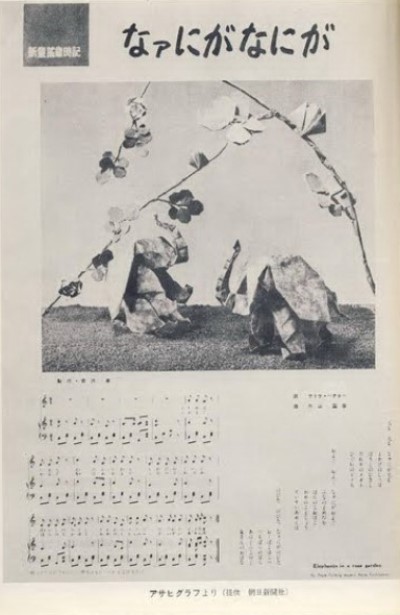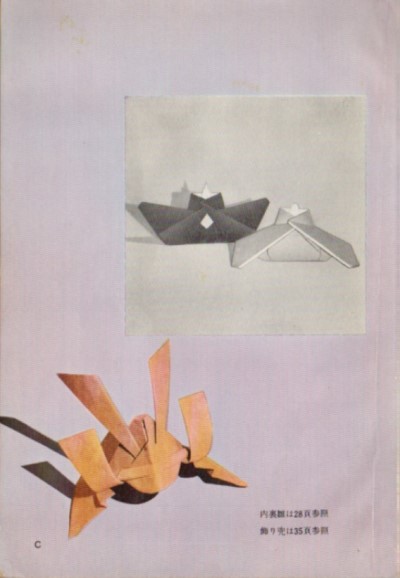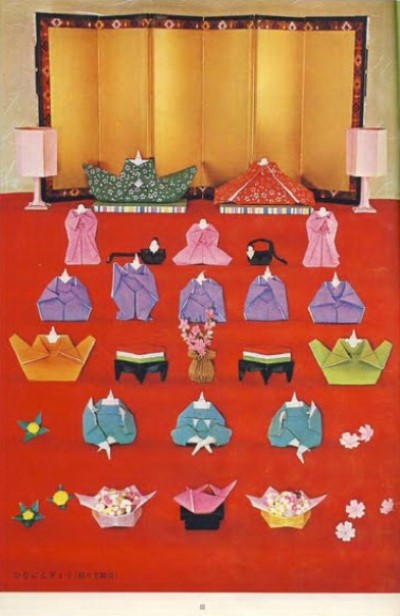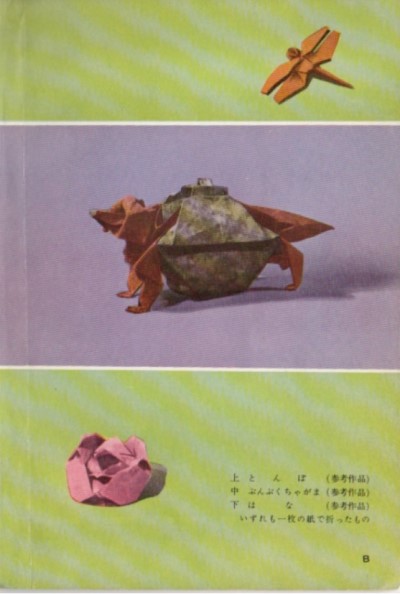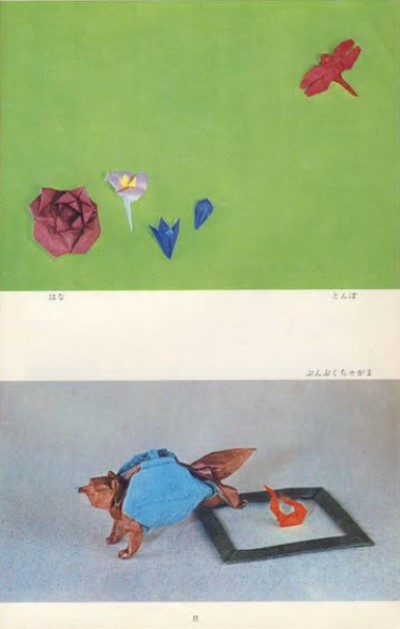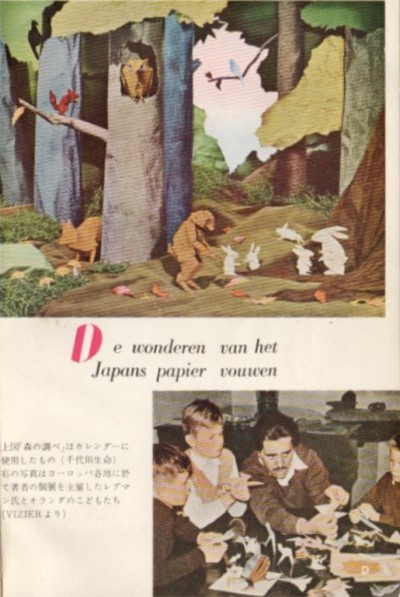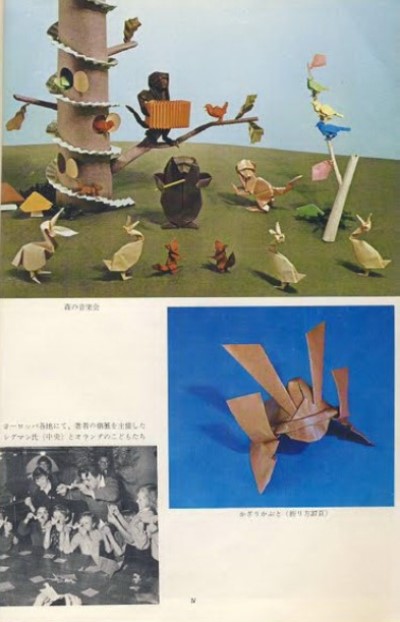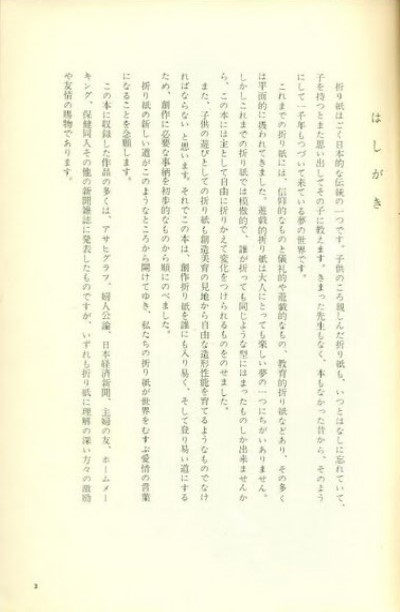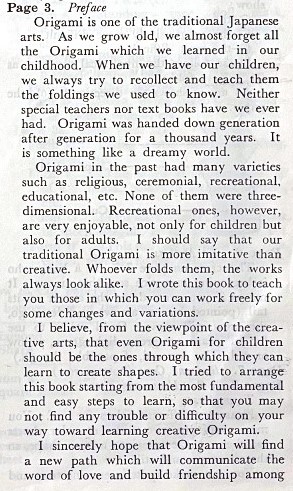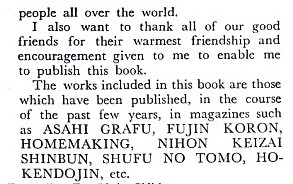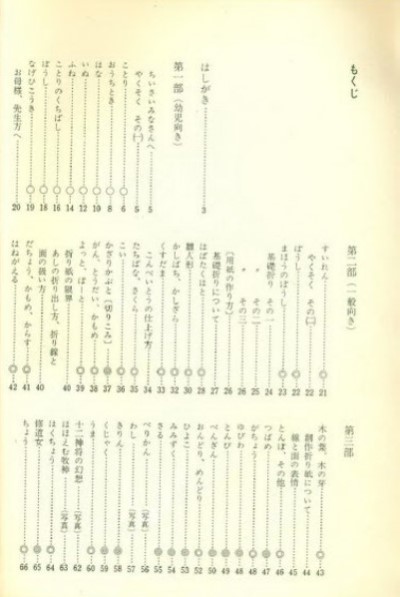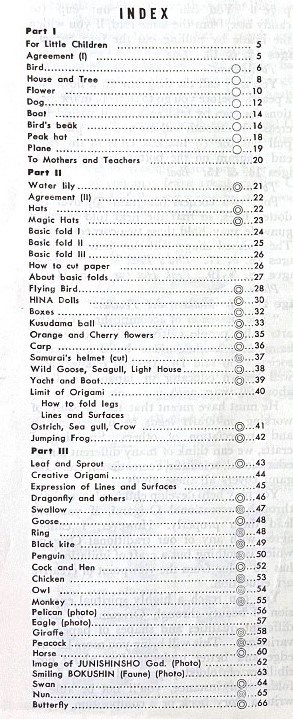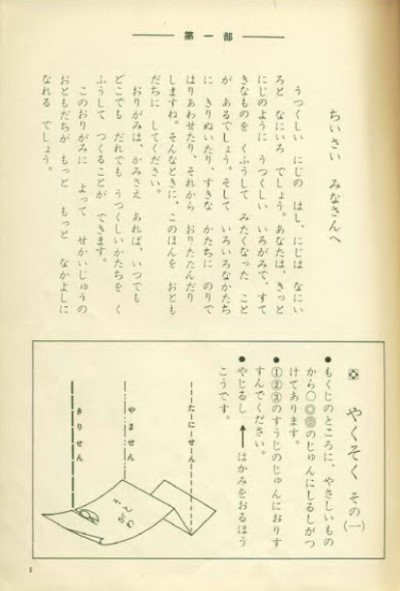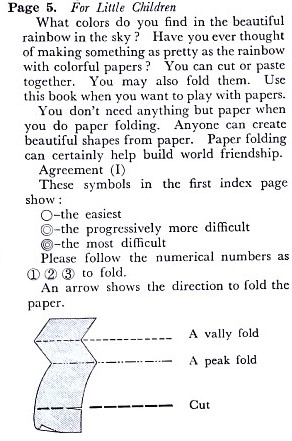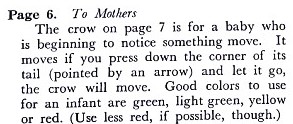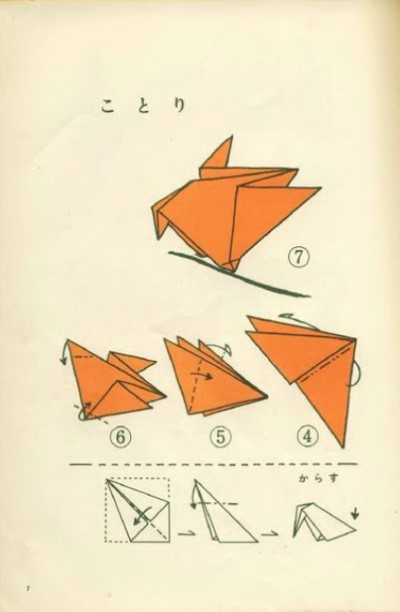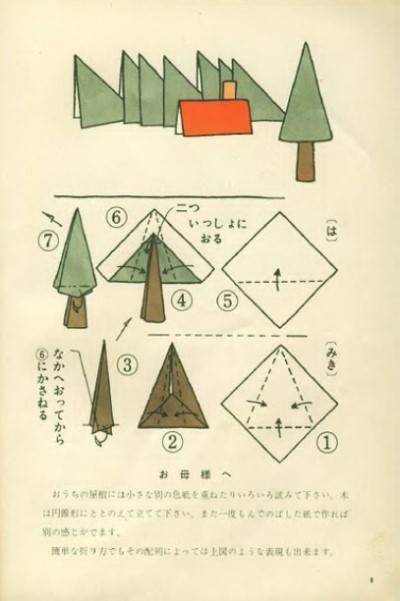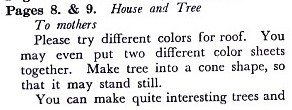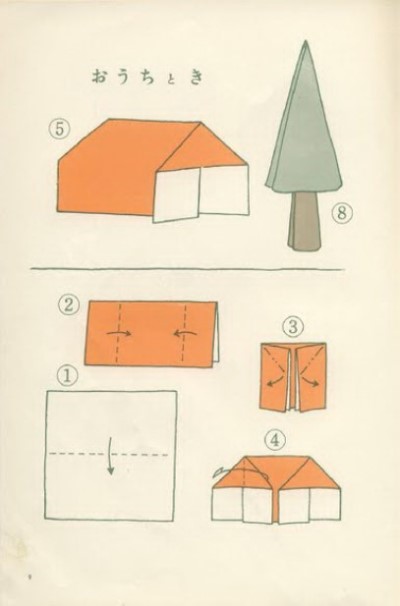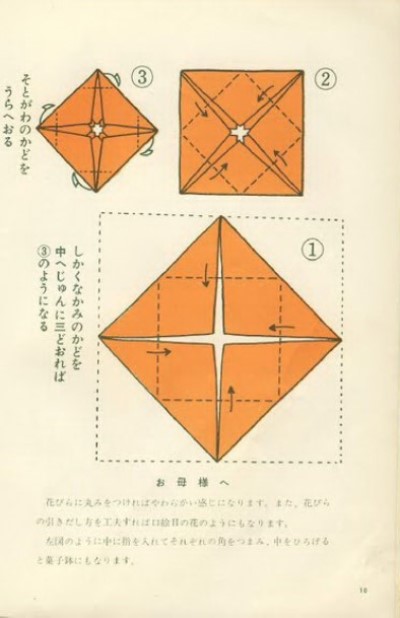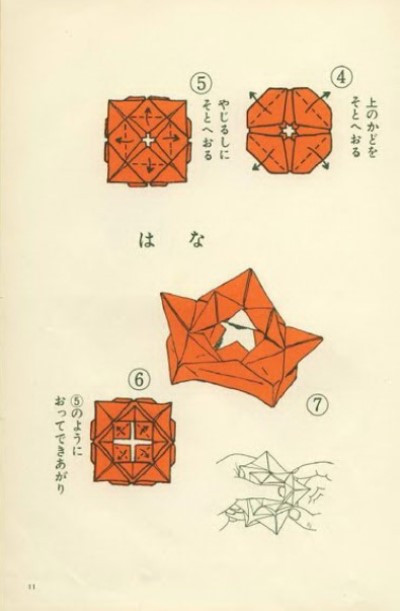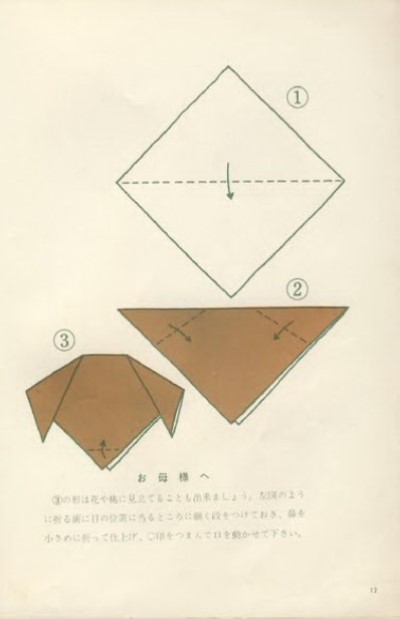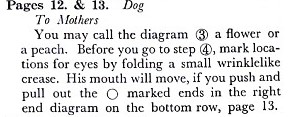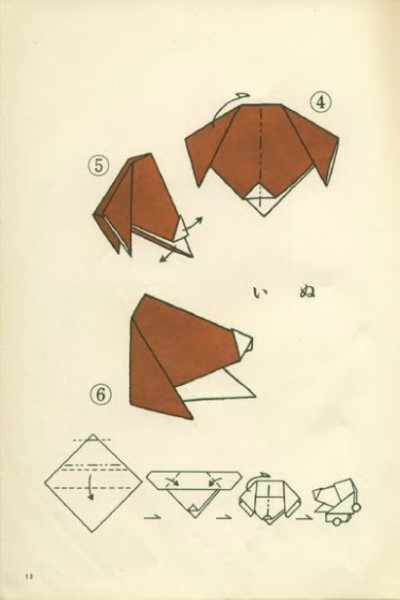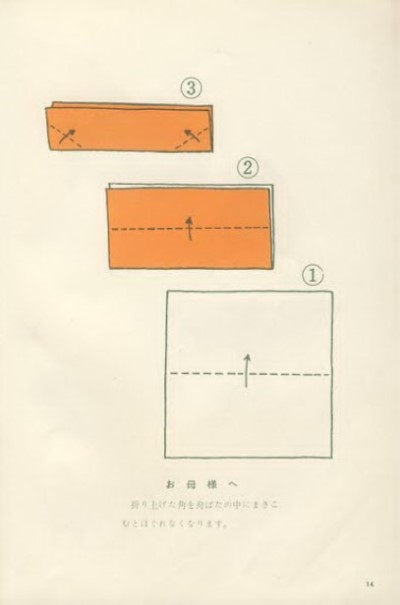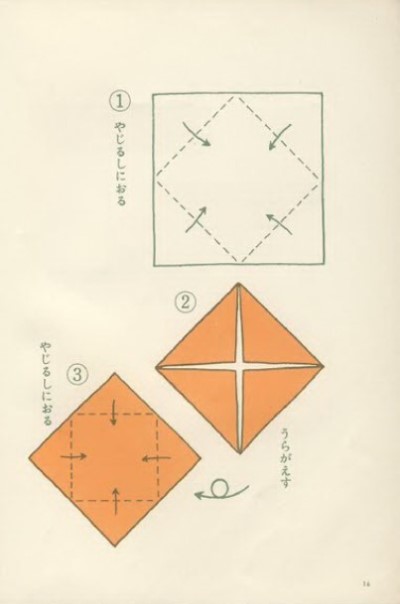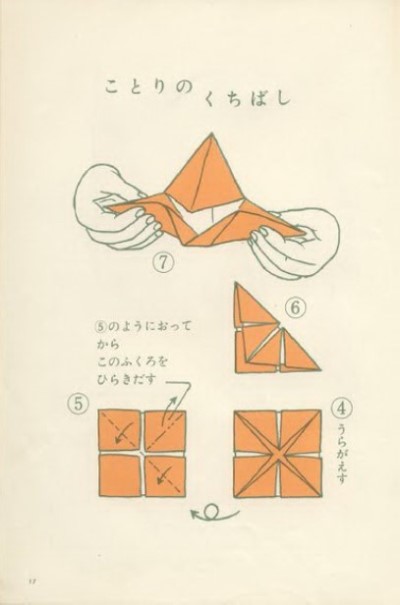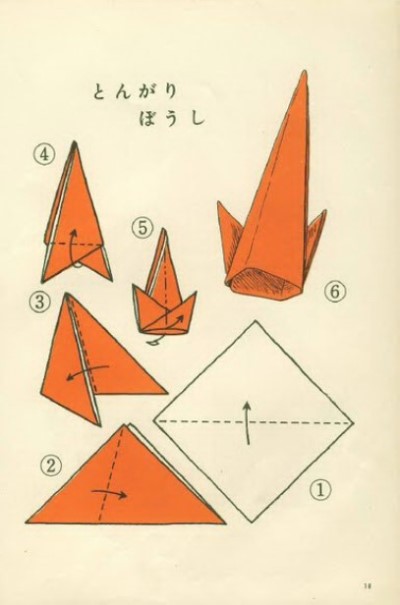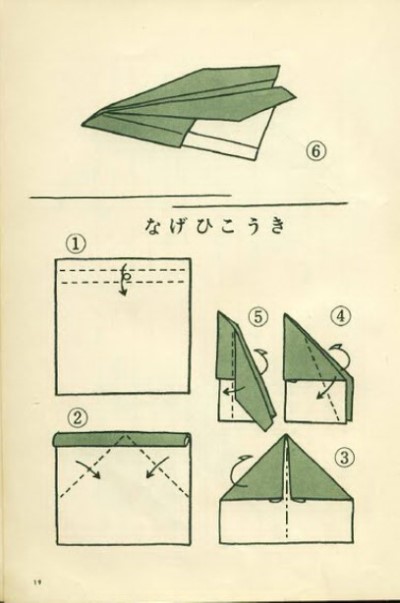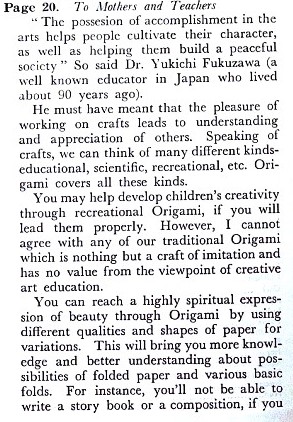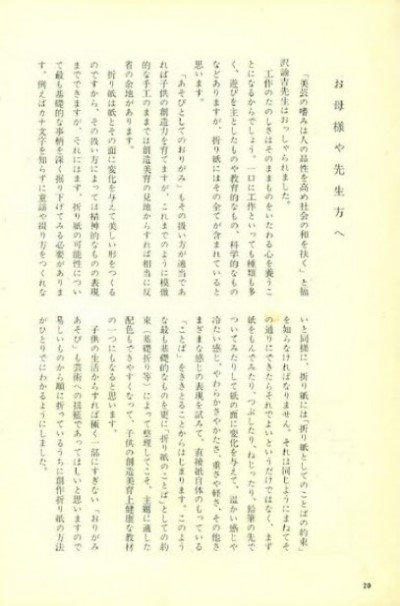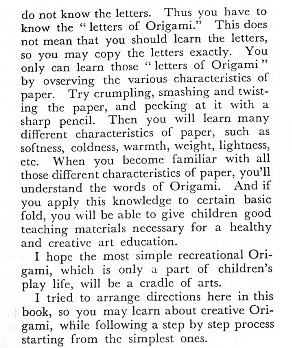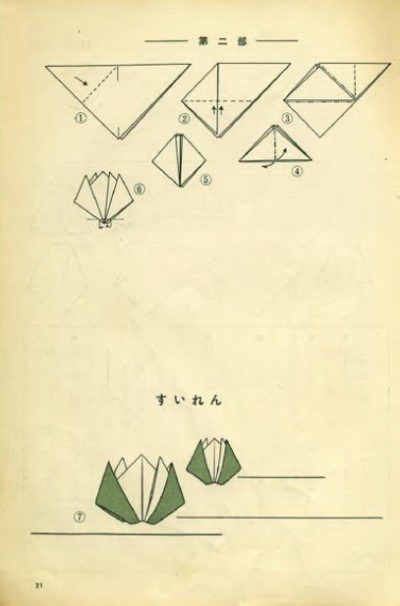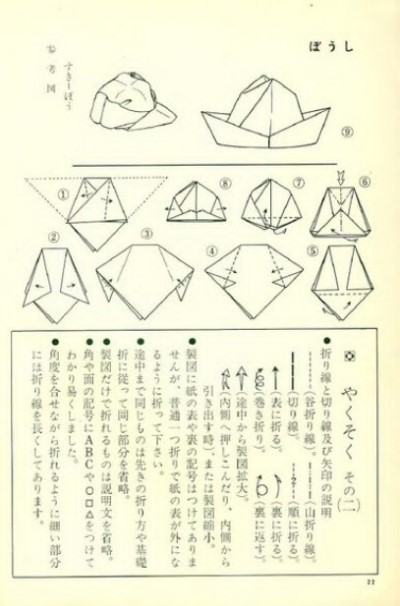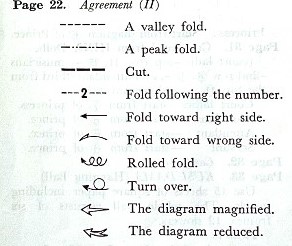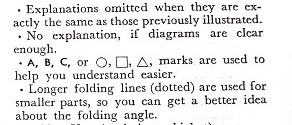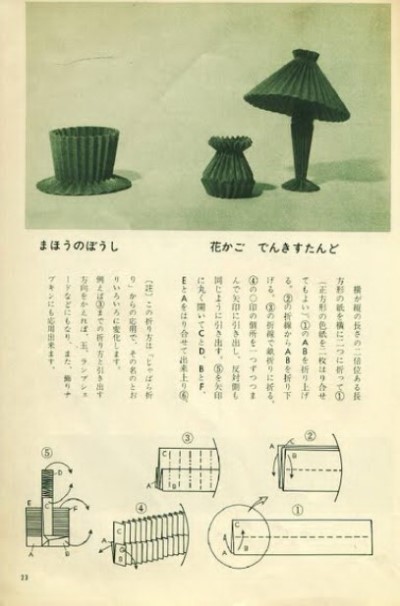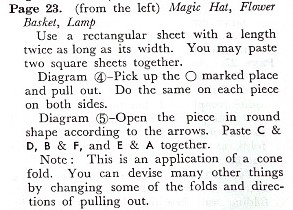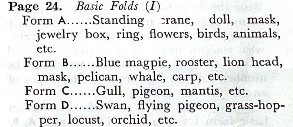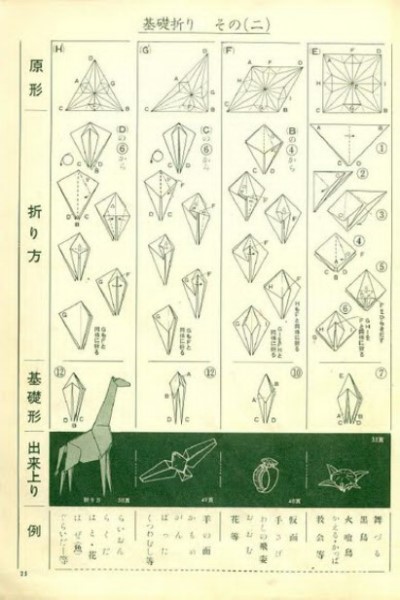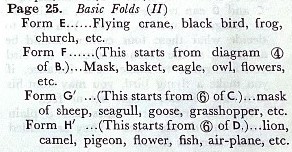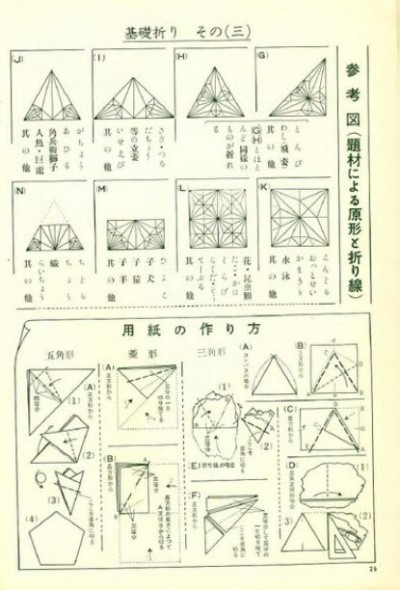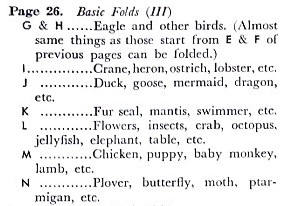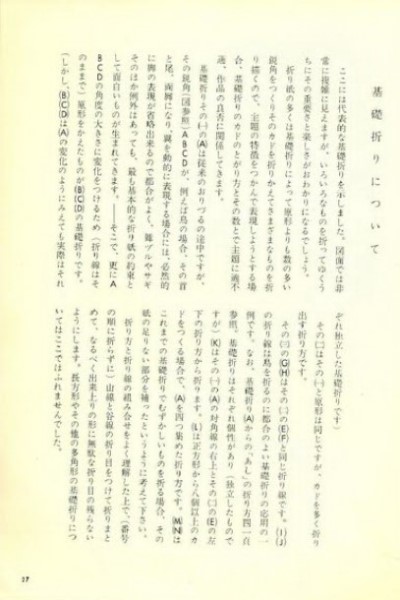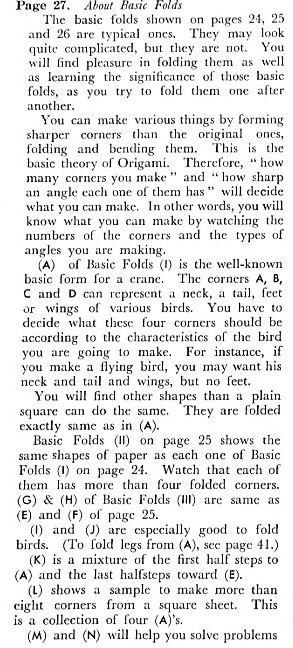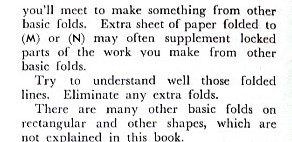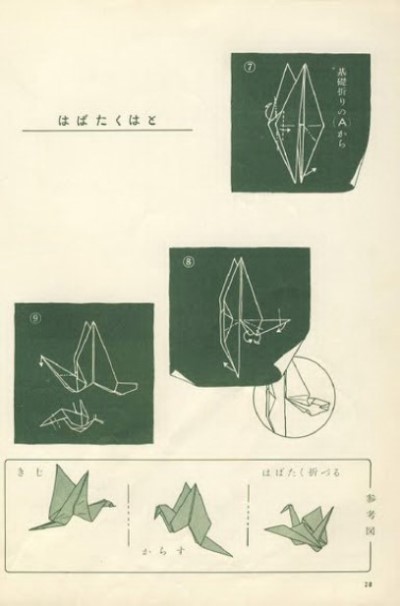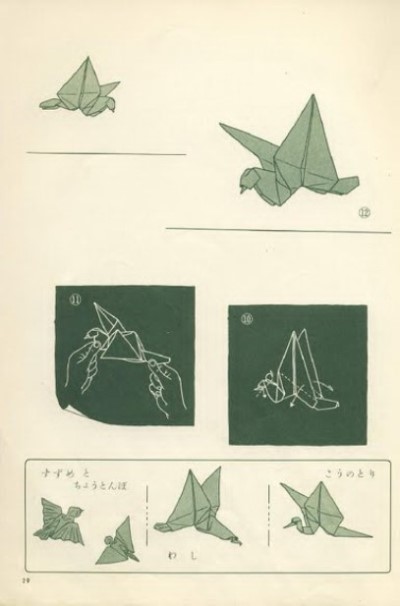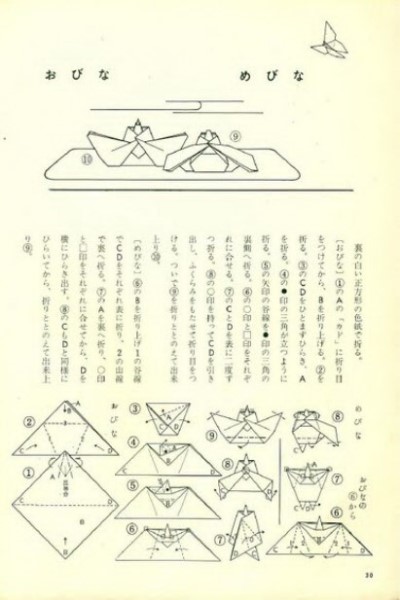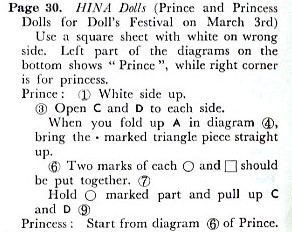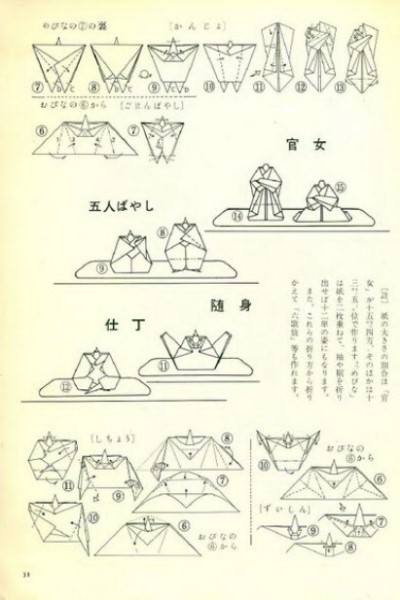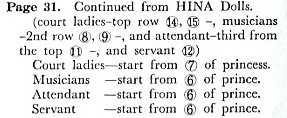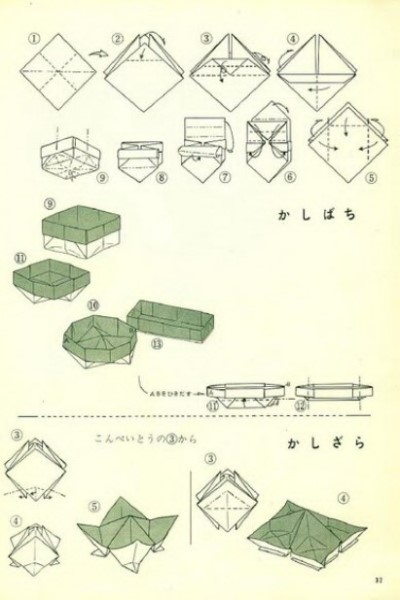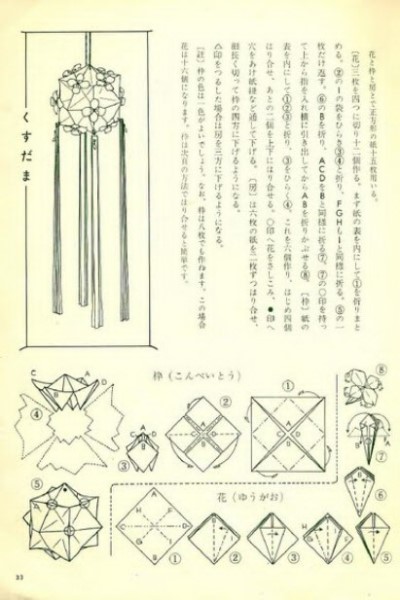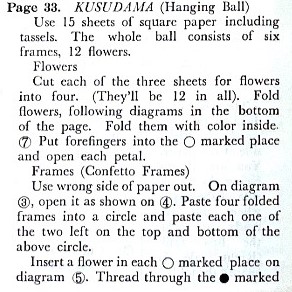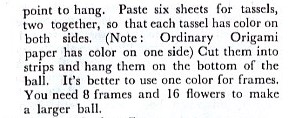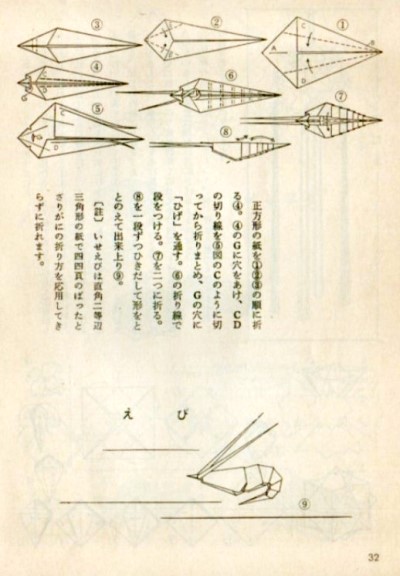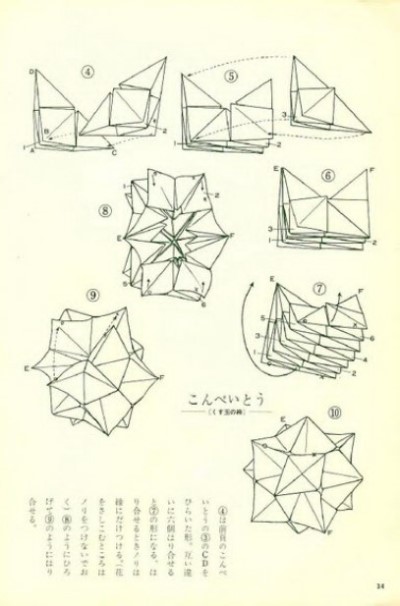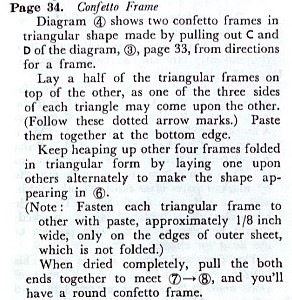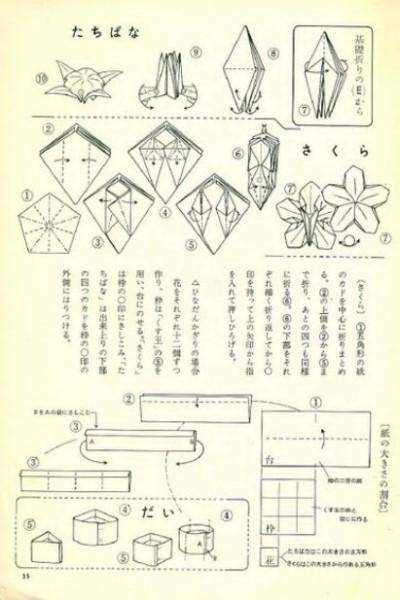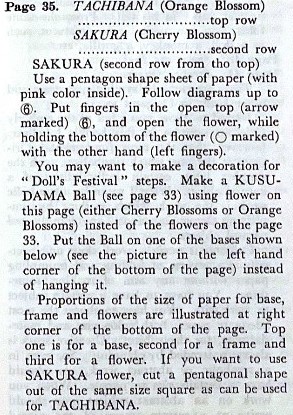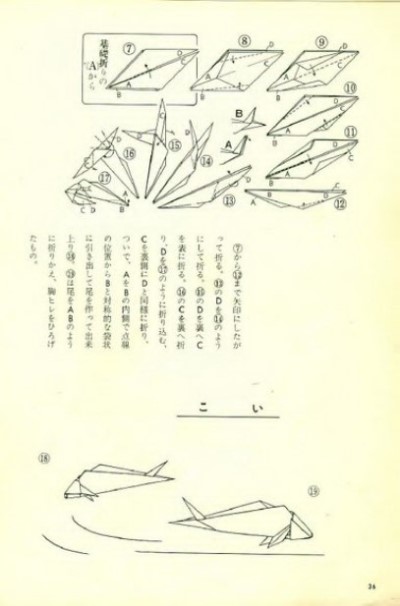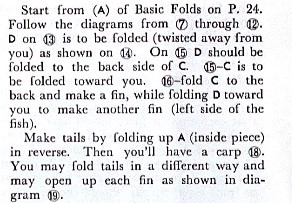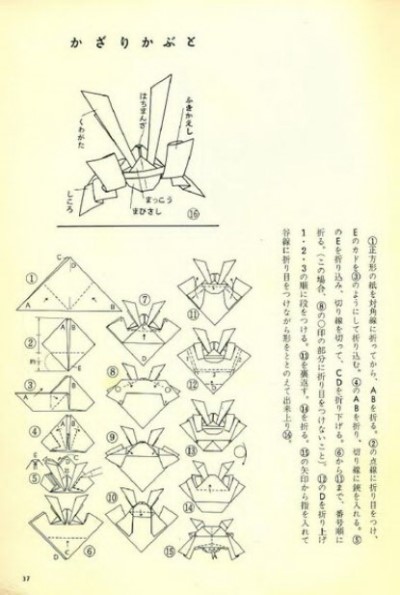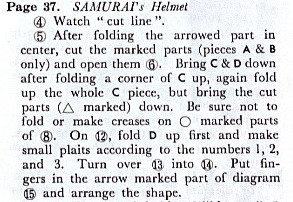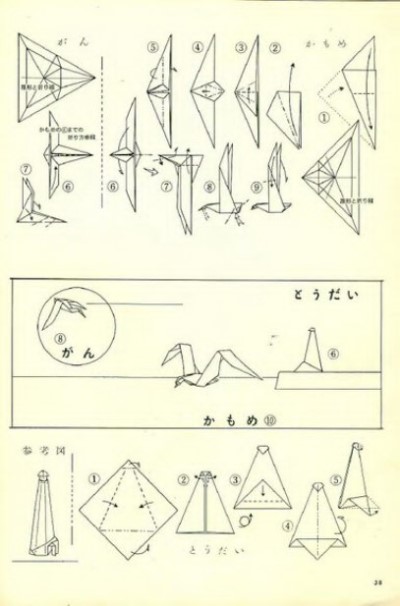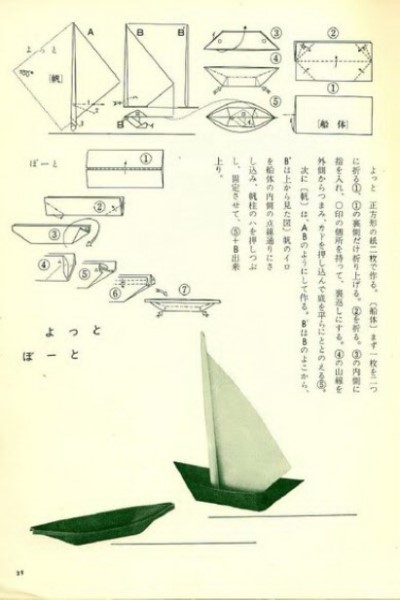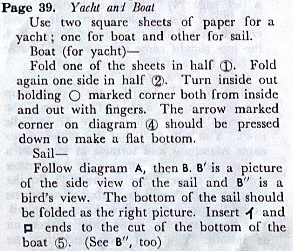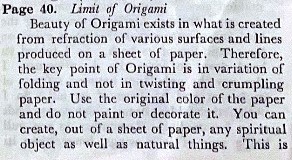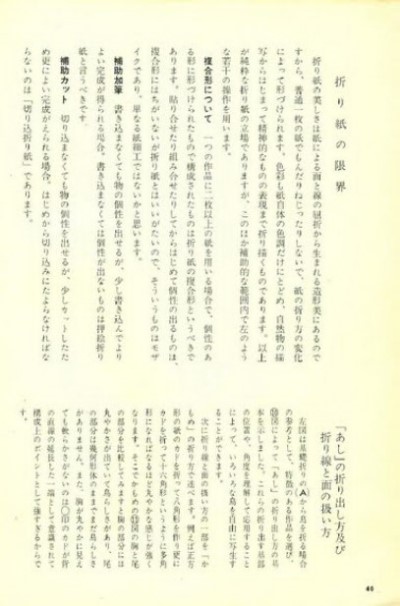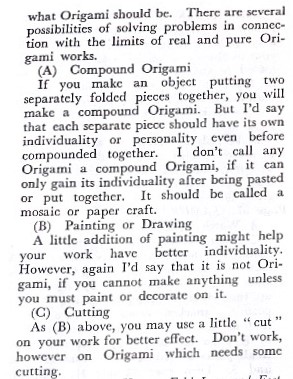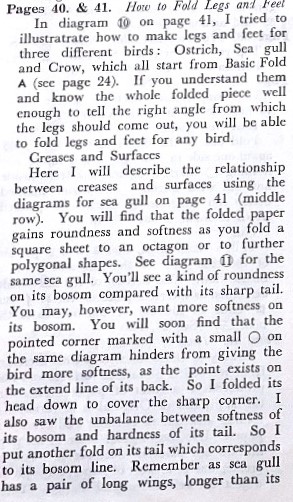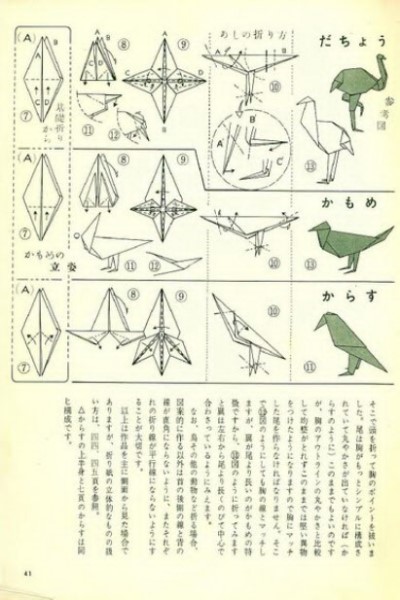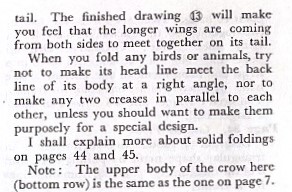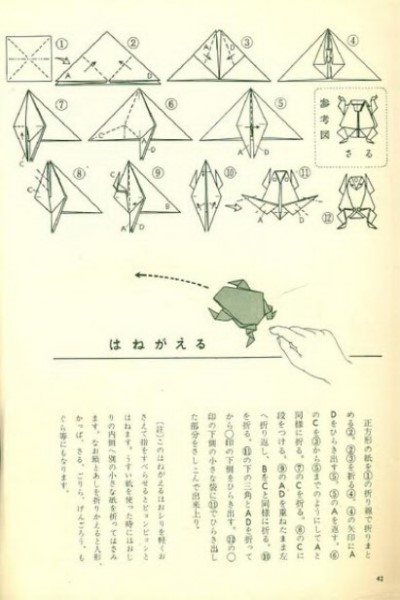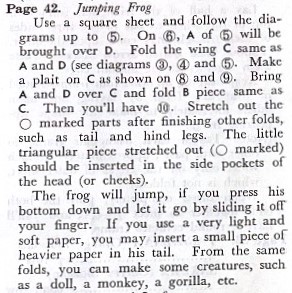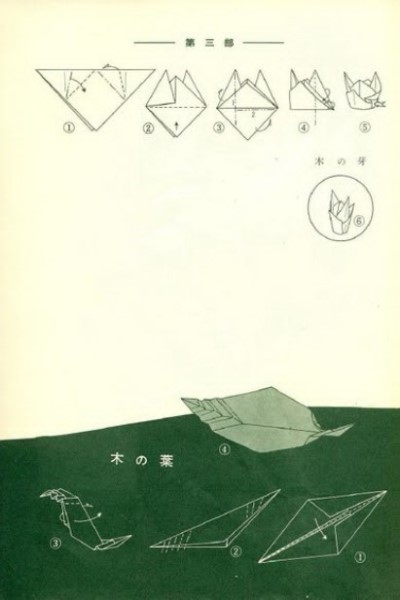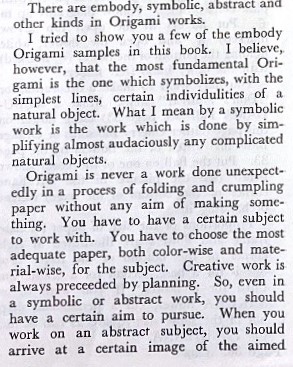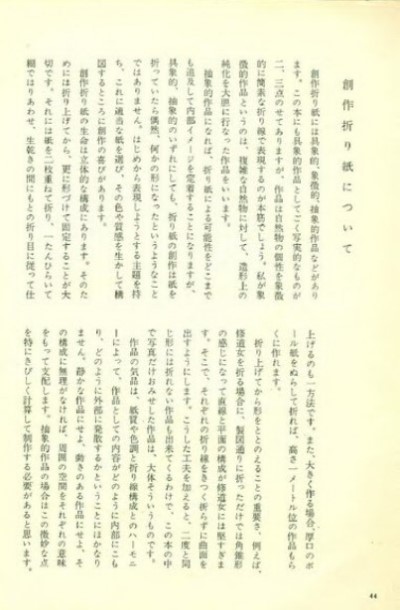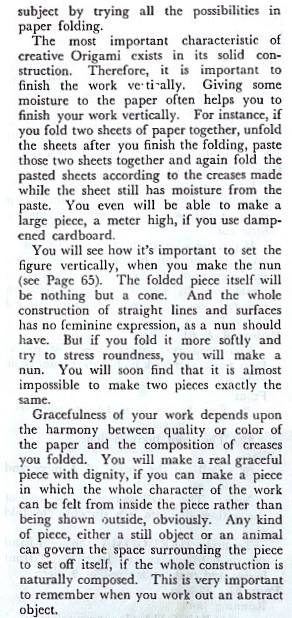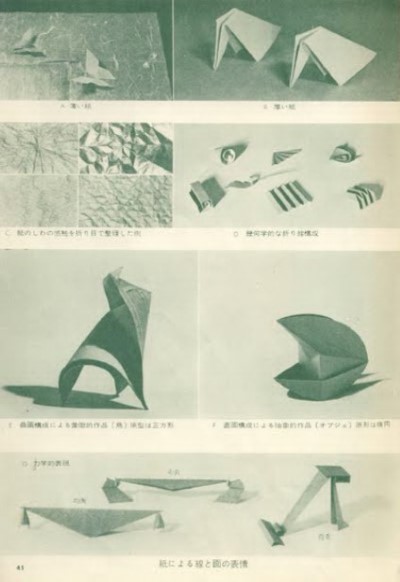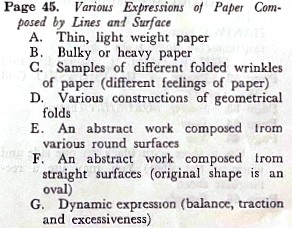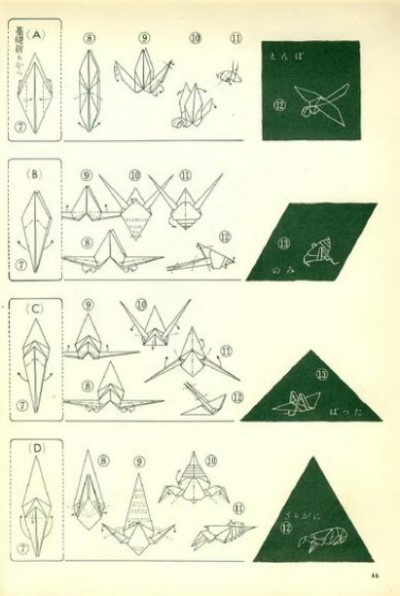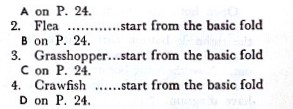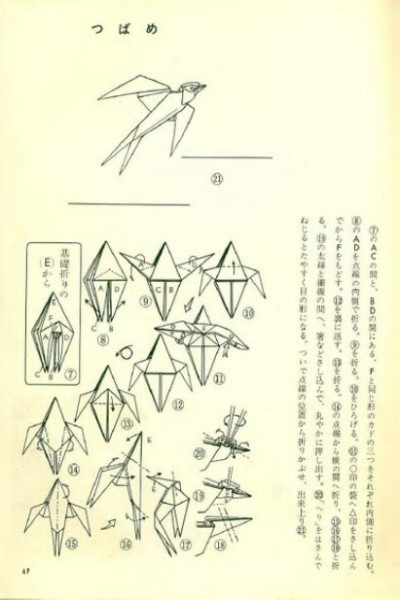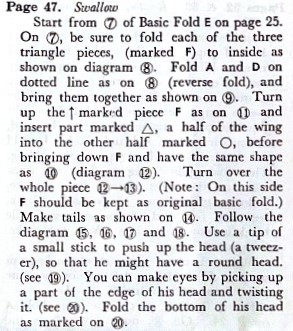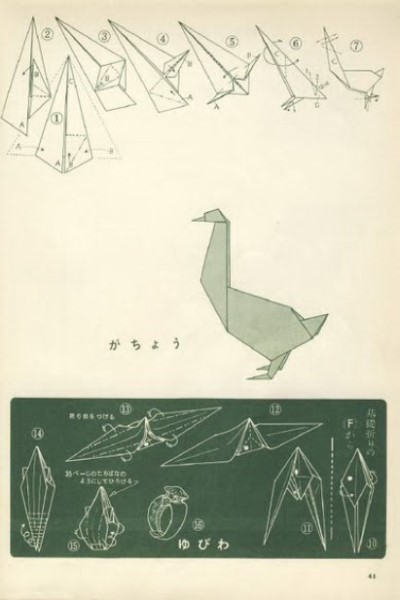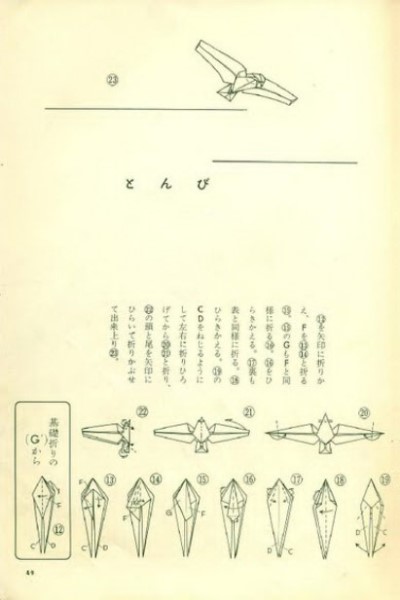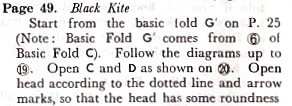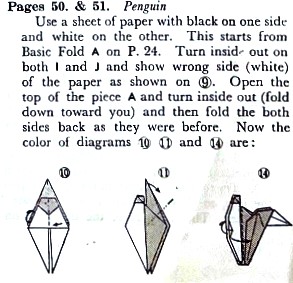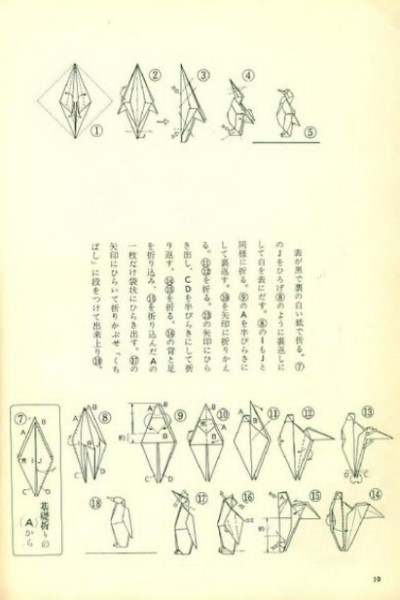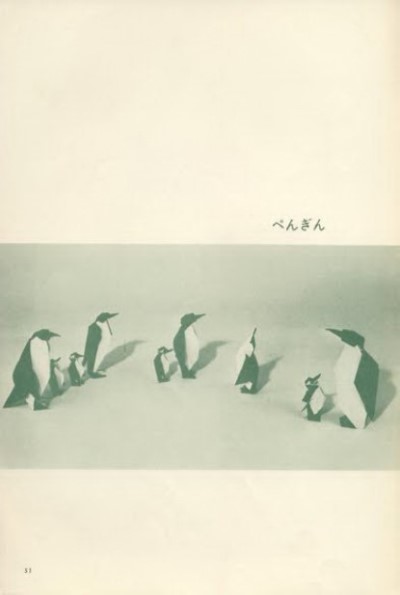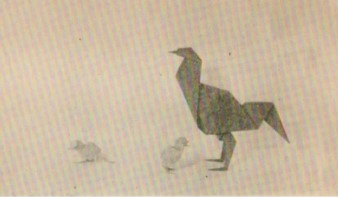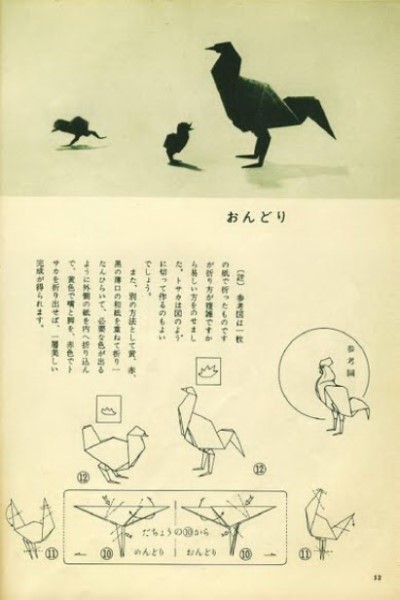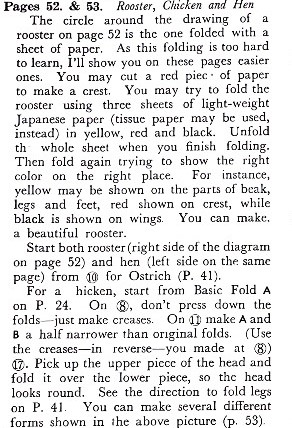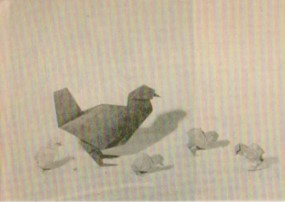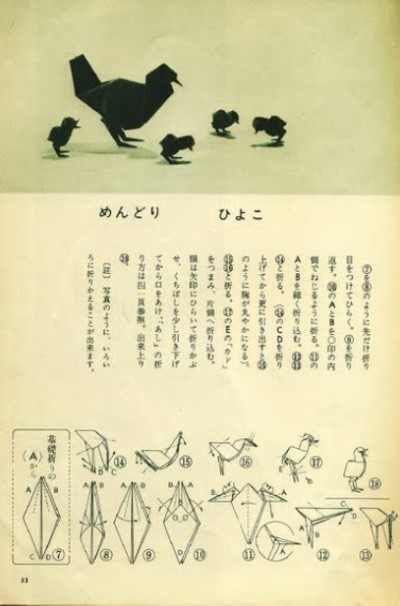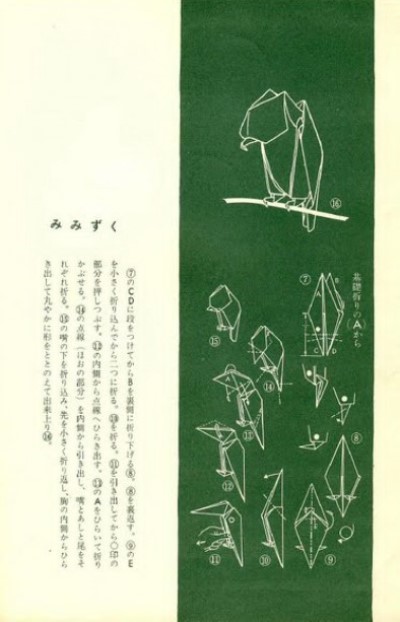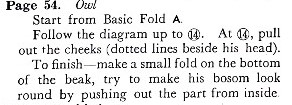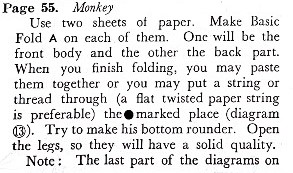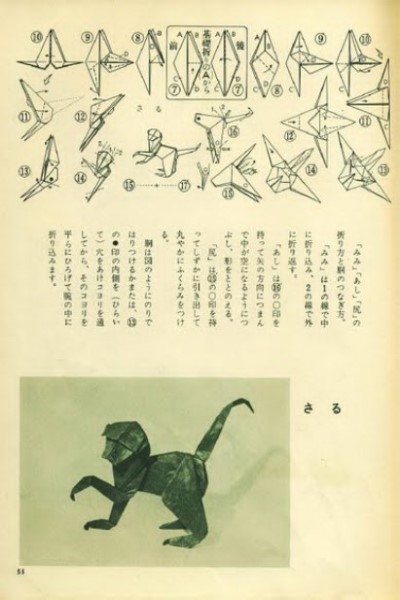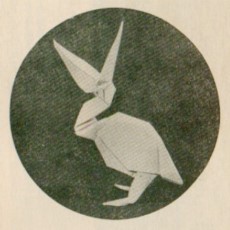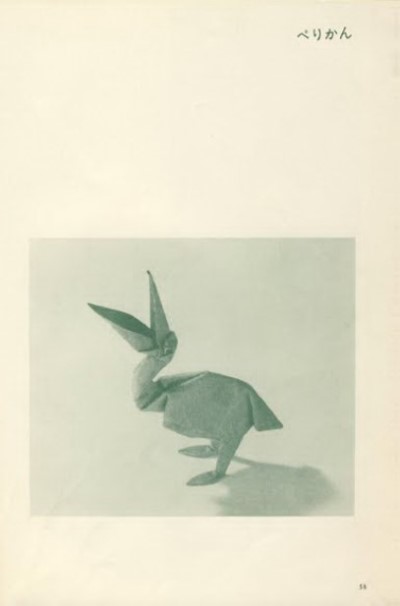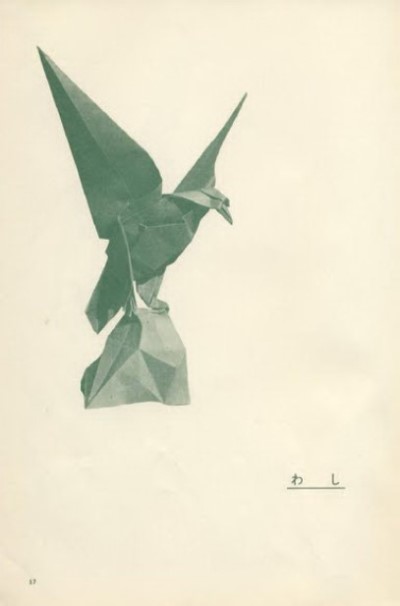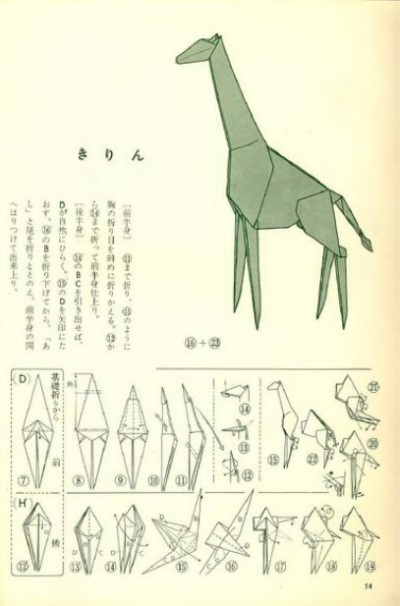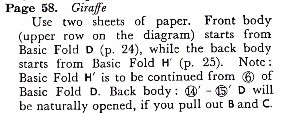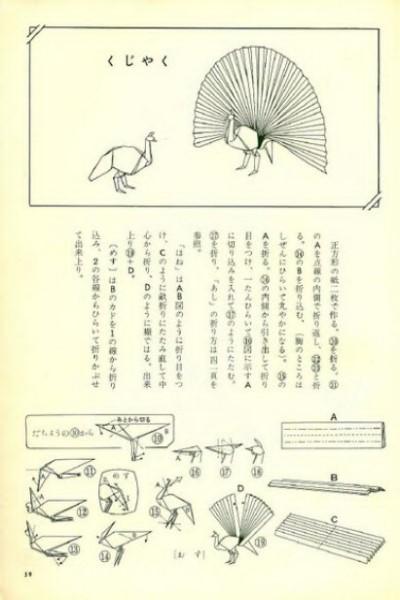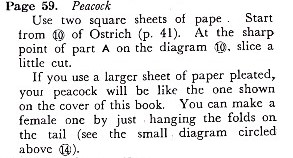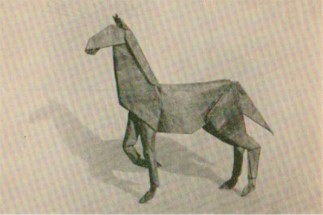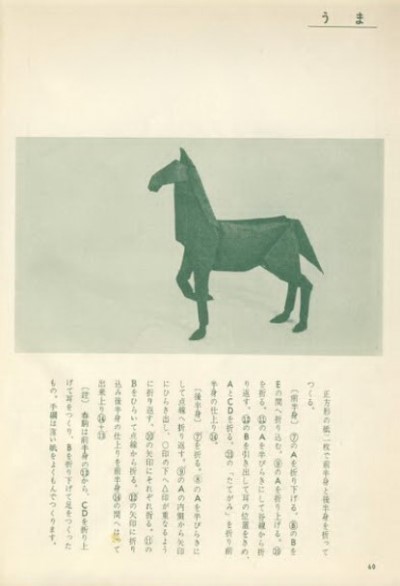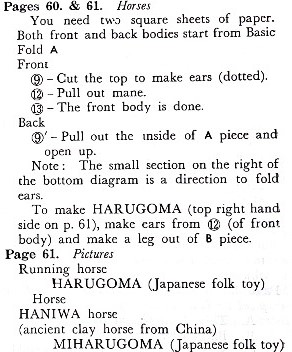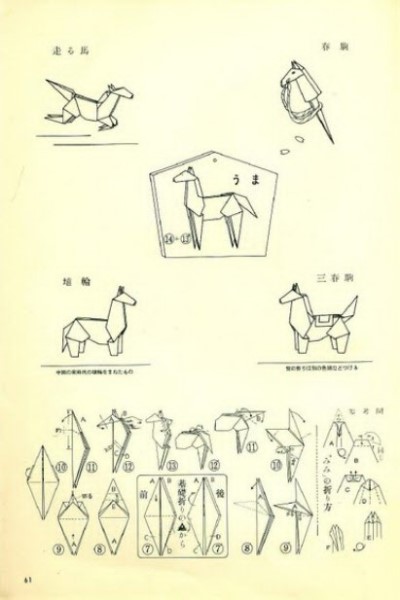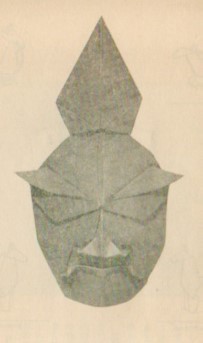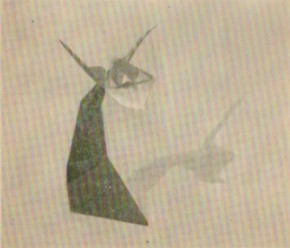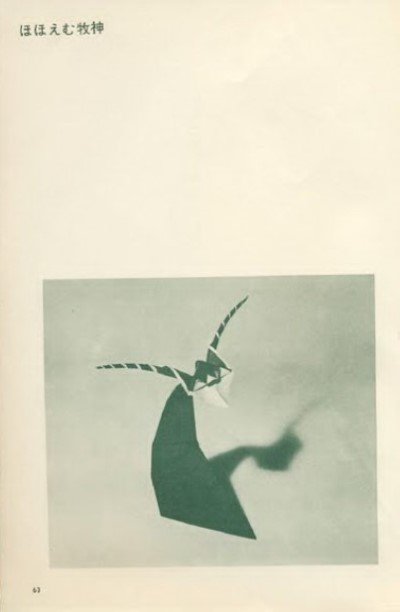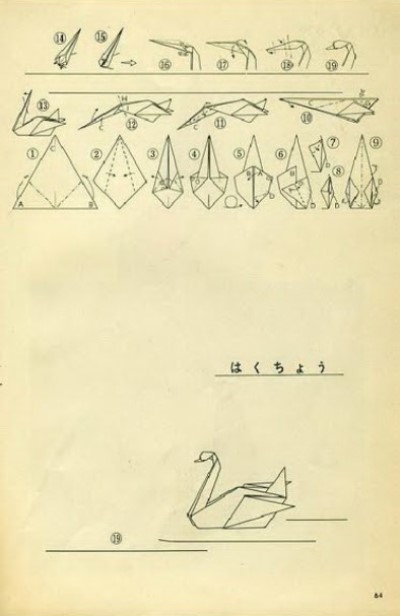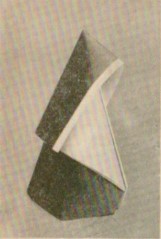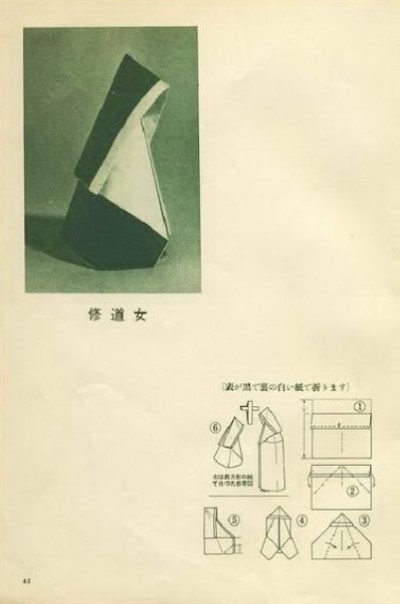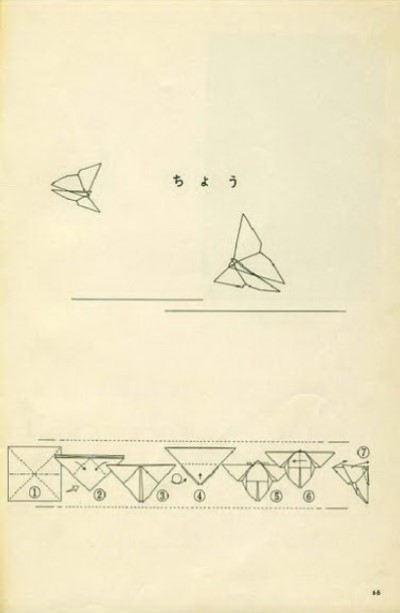| The Public Paperfolding History Project
Last updated 31/1/2024 x |
|||||||
| Origami Dokuhon by Akira Yoshizawa, 1957 | |||||||
Introduction 'Origami Dokuhon' (Origami Reader) by Akira Yoshizawa was published by Ryokuchi-Sha in 1957. The second edition, published by Kamakura Shobo in 1967, was titled 'Origami Dokuhon 1', presumably because publication of 'Origami Dokuhon 2' (not in fact published until 1986) was already envisaged. An 8-page leaflet called 'Creative Origami', giving an English translation of the text by Itsu Tsuzaki, was published alongside this second edition. My grateful thanks to David Brill for providing me with a copy of this. Laura Rosenberg has been kind enough to let me see a copy of the first edition, which previously belonged to Ligia Montoya and is now held in the archives of the Museo del Origami in Colonia, Uruguay. She has also kindly allowed me to use some of the images from that copy on this page. There are a number of differences between the first and second editions, notably the coloured plates at the start of the book, the replacement of diagrams for a Shrimp in the first edition with diagrams for a modular Confetto Frame in the second, and the updating of some of the photographs towards the end. There are also a few minor differences of shading in the drawings. On this page I have laid out images of the pages (mostly taken from the second edition) alongside the English translation from 'Creative Origami'. Where the two editions differ substantively I have provided images from both editions. The entire book has also been reformatted and the text has been set in a different font. This has made it difficult to compare the text in the two editions. I believe that most of the text of the two editions is identical but there may be subtle differences I have not detected. If anyone who speaks fluent Japanese is willing to compare the two I will be grateful for their assistance. The book is subtitled 'From play to creation' and is aimed at Mothers and Teachers. It is in two parts. The first part contains simple designs suitable for young children. The second part explains Yoshizawa's design philosophy and shows how various types of more advanced designs can be produced and adapted. In the bottom right corner of the Frontispiece (Elephants in a rose garden) the text says something like 'Paperfolding by Akira Yoshizawa.' (The wording is not completely legible in the copy I have seen.) Otherwise no information about the origin of any of the designs is given. A few are previously known from other contexts e.g. the House and the Crow with Legs. The usual presumption is that the others are Yoshizawa's original designs, but this may not necessarily be correct in every case. The majority of the designs explained in the book are single-sheet representative designs, of the kind that we now normally associate with Yoshizawa. The book also, however, contains a kusudama, a number of abstract designs (one folded from an oval), pleated designs (somewhat reminiscent of troublewit), photos of crumpled textures and some odd arrangements of simple shapes titled 'dynamic expression'. The designs are made from various starting shapes, squares and other rectangles, the equilateral triangle, the right-angle isosceles triangle, the 60 / 120 degree rhombus (and that oval). Several of the designs are compound designs made from two-sheets of paper, folded separately and glued (or sewn) together. The kusudama is also assembled using glue. One design is heavily cut and two more use cuts to create details. One design is recommended to be folded from three sheets of paper of different colours laid and folded together. Crease pattern L (on page 26 of the second edition) is the blintzed bird base. ********** Analysis Elephants in a Rose Garden This page occurs in both editions but in different places. In the bottom right corner the title of the photo is given, in English, as 'Elephants in a rose garden'. The line below is not completely legible on the copy I have seen but says something like 'Paperfolding by Akira Yoshizawa.'
********** Coloured plate 1 The plate on the left is from the first edition, that on the right from the second. Both show Hina Dolls. The Samurai's Helmet shown in the first edition appears in the third plate in the second. See below.
********** Coloured plate 2 The plate on the left is from the first edition, that on the right from the second. Both show similar subjects. The translation says:
********** Coloured plate 3 The plate on the left is from the first edition, that on the right from the second. The top picture from the first edition is titled 'Forest Investigations' and the text says that it was previously used in a calendar for the Chiyoda Life Insurance Co Ltd. The top picture from the second is titled 'Rhythm of a Forest'. Several of the figures in this picture, the bear, the squirrels, etc are not explained in the main body of the book. The middle picture from the second edition shows the Samurai's Helmet. The bottom picture in the first edition shows Gershon Legman teaching a group of children to fold, most probably taken at the exhibition of Yoshizawa's work that he had arranged at the Stedilijk Museum in Amsterdam in 1955. The text in Dutch reads, 'The wonders of Japanese paper folding' and the Japanese, roughly, 'The photo on the right shows dutch children and Mr Legman, who hosted the author's solo exhibition in various parts of Europe. From Vizier.' (Vizier presumably being a Dutch newspaper or magazine.) The bottom picture from the second edition shows a different photo of Gershon Legman teaching children to fold. The translation of the text in the second edition says:
***
********** Title Page (from the second edition) Unless otherwise stated all the following pages are also from the second edition.
********** Preface
**********
********** Part 1 - For Little Children
********** Bird and Crow - The Simple Crow
********** Minimalist Trees and House / House and Tree
********** Flower and Nut Cup / Candy Box
********** Dog (action design)
********** Boat - The Keel Boat
********** Bird's Beak (action design)
********** Fairy Hat
********** Plane to fly
********** Note to Mothers and Teachers
********** Part 2 Water Lily
********** Hat and Ski Hat
********** Pleated Designs
********** Basic Folds from the Equilateral Triangle, Right-angle Isosceles Triangle, 60 / 120 degree Rhombus and Square The text mentions some designs, including a church, which are not explained in the work..
********** Note about Basic Folds
********** Flying Birds These all seem to be derived from the Flapping Bird and may all allow the same flapping action to happen.
********** Hina Dolls
********** Candy Boxes The box at the lower left is a version of the Salt Cellar.
********** Kusudama (glued assembly) made from six Salt Cellars
********** Shrimp (cut) At this point the first edition contains diagrams for a Shrimp. The feelers are created using cuts.
********** Confetto Frame (glued modular) In the second edition the diagrams for the Shrimp are replaced by the diagrams for the Confetto Frame.
********** Tachibana and Sakura Blossoms / Open-ended Prisms
********** Carp
********** Samurai's Helmet (heavily cut)
********** Wild Goose / Seagull / Lighthouse
********** Yacht and Boat
********** Note about the Limits of Origami
********** Ostrich / Sea Gull / Standing Crow
********** Jumping Frog
********** Sprout and Leaf
********** Note about the nature of Creative Origami (This note mentions using dampened paper to 'finish the work vertically' ie make sure it will stand when finished.)
********** Various Expressions of Paper
********** Dragonfly / Flea / Grasshopper / Crawfish
********** Swallow
********** Goose and Ring (from a 60 / 120 degree rhombus)
********** Black Kite
********** Two Penguins
********** Rooster, Chicken and Hen Suggests using cut out crests or making the Rooster from 3 sheets of differently coloured paper. In the second edition the photo from the first (centred below) has been updated.
*** In the second edition the photo from the first (centred below) has been updated.
********** Owl
********** Monkey (Compound glued design)
********** Pelican In the second edition the photo from the first (centred below) has been updated.
********** Eagle on a Rock It is not clear how many sheets of paper have been used in this design.
********** Giraffe (Compound glued design)
********** Peacock (Glued Compound Design) and Peahen
********** Horse / Running Horse / Harugoma / Haniwa / Miharugoma The Horse is a glued compound design. The ears are created using a cut. The other designs may also be glued compound / cut. In the second edition the photo from the first (centred below) has been updated.
********** Junishinsho In the second edition the photo from the first (centred below) has been updated.
********** Bokushin It is not clear how this design has been made. In the second edition the photo from the first (centred below) has been updated.
********** Swan From an equilateral triangle.
********** Nun From a square or other rectangle. In the second edition the photo from the first (centred below) has been updated.
********** Yoshizawa's Butterfly From a square
********** |
|||||||
